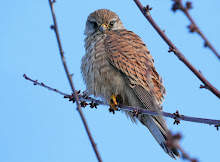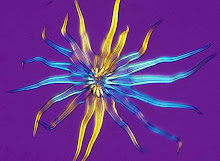Auckland Park, in Bishop Auckland in County Durham, has a fine collection of venerable trees with beautiful bark patterns.
Hawthorn Crataegus monogyna
Fluted trunk on an old hawthorn ....
.... with an elegant twist
Grey poplar Populus alba. The flat surfaces, between the fissures, are covered with diamond-shaped scars that look as though the bark has been hit with a pick, which is most evident on young trees like the one you can see by clicking here.
The old grey poplars have the most deeply fissured bark of any trees in the park ....
.... with splits so deep that they resemble crevasses
Young silver birch bark peels away in thin layers (click here for a picture) but as it ages the bark splits and forms flaky plates ......
...... like this
Sweet chestnut Castanea sativa, with a bark pattern that resembles raised branching fibres ...
... with deep crevices where all manner of small invertebrates can spend the winter




















































